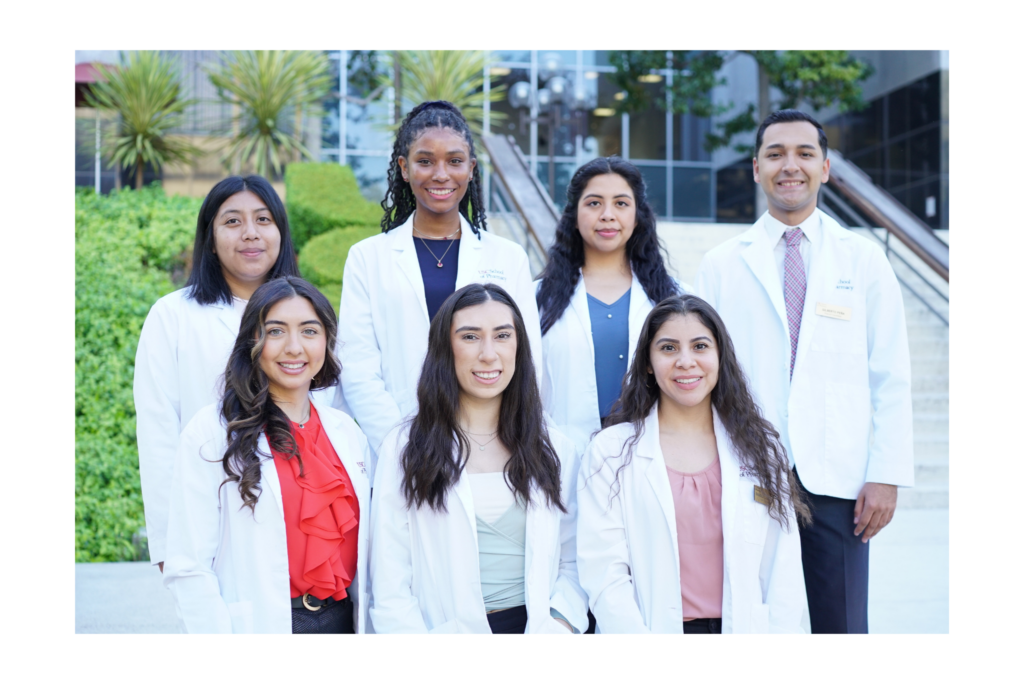Students at the USC School of Pharmacy have launched the National Hispanic Pharmacist Association (NHPA) student chapter under the National Hispanic Health Foundation (NHHF). The new USC NHPA chapter was created in partnership with USC’s affinity group Latinx Advancing in Pharmacy (LAP).
The National Hispanic Health Foundation was established in 1994 in Washington, D.C., under the National Hispanic Medical Association to support educational and research opportunities that benefit the health of the Hispanic population. In 2018, NHHF founded NHPA to empower Latino pharmacists and other healthcare providers to promote health education and equitable services in the pharmacy setting.
NHPA and LAP will collaborate to empower current and future Latino student pharmacists and lead efforts to improve the health of Hispanics and other minority groups facing health disparities. NHPA and LAP members will gain professional opportunities, networking experience and educational resources to help prepare them for their futures as healthcare professionals. NHPA and LAP are dedicated to serving communities in need while also encouraging greater representation of minority groups within the healthcare workforce.
“We are beginning to reach out to high schools and undergraduate programs to coordinate seminars and mentorship programs for students who may be interested in a healthcare profession,” says second-year pharmacy student Ieeshiah Otarola, NHPA vice president. “There is a lack of representation of Hispanics among healthcare workers, and we want to change that narrative.”
NHPA will be advised by USC School of Pharmacy faculty members Chris Muñoz, adjunct lecturer of clinical pharmacy, and Rebecca Romero, lecturer of pharmacology and pharmaceutical sciences.
“We are very proud of our PharmD students for taking initiative to launch the NHPA student chapter at the School of Pharmacy,” Muñoz says. “NHPA will definitely have a positive impact on the school and in local communities.”


